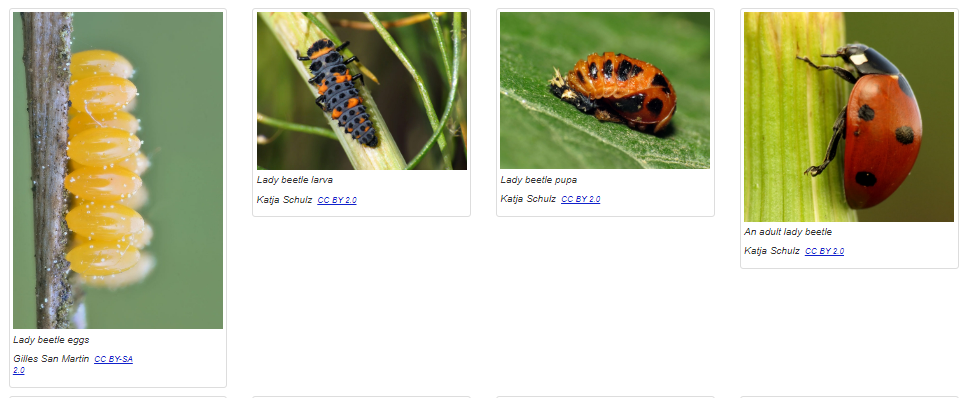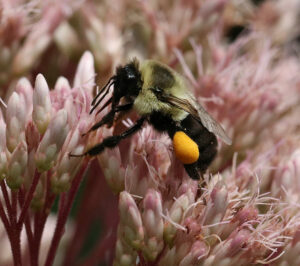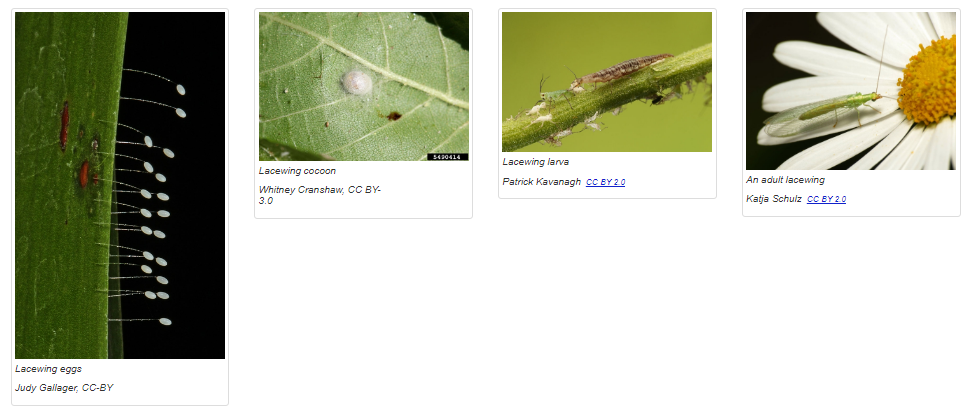Attracting Pollinators and Other Beneficial Insects
go.ncsu.edu/readext?963958
en Español / em Português
El inglés es el idioma de control de esta página. En la medida en que haya algún conflicto entre la traducción al inglés y la traducción, el inglés prevalece.
Al hacer clic en el enlace de traducción se activa un servicio de traducción gratuito para convertir la página al español. Al igual que con cualquier traducción por Internet, la conversión no es sensible al contexto y puede que no traduzca el texto en su significado original. NC State Extension no garantiza la exactitud del texto traducido. Por favor, tenga en cuenta que algunas aplicaciones y/o servicios pueden no funcionar como se espera cuando se traducen.
Português
Inglês é o idioma de controle desta página. Na medida que haja algum conflito entre o texto original em Inglês e a tradução, o Inglês prevalece.
Ao clicar no link de tradução, um serviço gratuito de tradução será ativado para converter a página para o Português. Como em qualquer tradução pela internet, a conversão não é sensivel ao contexto e pode não ocorrer a tradução para o significado orginal. O serviço de Extensão da Carolina do Norte (NC State Extension) não garante a exatidão do texto traduzido. Por favor, observe que algumas funções ou serviços podem não funcionar como esperado após a tradução.
English
English is the controlling language of this page. To the extent there is any conflict between the English text and the translation, English controls.
Clicking on the translation link activates a free translation service to convert the page to Spanish. As with any Internet translation, the conversion is not context-sensitive and may not translate the text to its original meaning. NC State Extension does not guarantee the accuracy of the translated text. Please note that some applications and/or services may not function as expected when translated.
Collapse ▲Beneficial Insects
The vast majority of bugs and other arthropods in the landscape are beneficial. They eat pests, pollinate plants, and provide food for songbirds. Learn to recognize your friends in each of their life stages (egg, larva, and adult) so you can harness the help of beneficial insects.

Life stages of the Ladybird Beetle: Egg, Larva, Pupa, and Adult
- Biological Control Information Center
- Images by Debbie Roos
- Introducing Children to Insects in Childcare Center Gardens
- Encouraging Beneficial Insects – NC Extension Gardener Handbook
Pollinators
- Pollinator Portal – Bee Identification, Bee Keeping, Pollinator Protection and Landscaping for Bees
- Visit the Pollinator Paradise Garden website for information, resources, plant lists, photographs, slide decks, videos, and much more, including “What’s in Bloom,” “Debbie’s Top 25 NC Native Pollinator Plants,” “Pollinator Conservation Guide,” and registration for a guided tour of the garden. Debbie Roos, an agriculture agent in Chatham County, created the website, photographs, and garden.
- NC Pollinator Toolkit by the NC Botanical Garden
- The Great Southeast Pollinator Census in North Carolina
- Attracting Pollinators to Our Yards (50 min Video by Texas A & M)
- Plants that attract pollinators, use the options in the column on the left to narrow the list to plants that will thrive in your landscape by selecting the amount of sunlight and space and the USDA plant hardiness zone. Narrow the list further by selecting additional options (resistant to deer, attracts hummingbirds, plant type, bloom season and color, and more)
-
Bees

Bumble Bee on Joe Pye Weed, image by Debbie Roos
- Bee Keeping
- Bee Keeping Photos
- Bees of North Carolina
- How to Identify Bumble Bees of the Southeast
- The State of Bees, NC Public Radio
- Native Plants for Bee Forage
- WUNC Interview, Entomologist Dr. Elsa Youngsteadt
- Tips for Protecting Native Bees
- Plants that attract bees
- Ground nesting bees
-
Butterflies
- Plants that attract butterflies
- Larval Host Plants: Butterflies lay eggs on these plants so that when the caterpillars hatch, they can eat the leaves and grow up to become butterflies.
Predators

Life Stages of Lacewing: Egg, Pupa, Larva, and Adult


